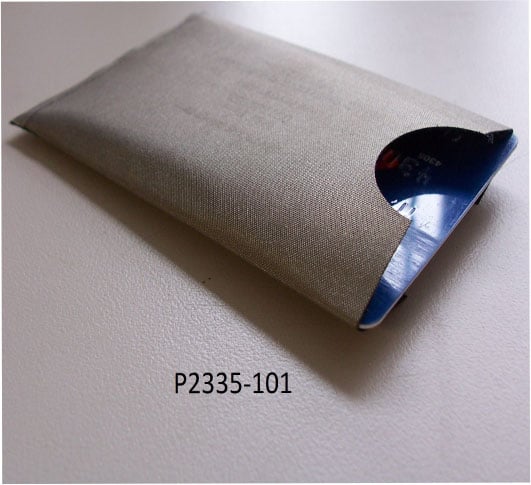 Top of FormRadio frequency interference (RFI) can be a significant obstacle to the future of wireless communication. As more and more devices rely on wireless technology, it becomes increasingly important to protect them from RFI, which can cause problems such as interference, data loss, and even system failure. In this article, we will discuss how RFI shielding is an integral part of the future of wireless communication.
Top of FormRadio frequency interference (RFI) can be a significant obstacle to the future of wireless communication. As more and more devices rely on wireless technology, it becomes increasingly important to protect them from RFI, which can cause problems such as interference, data loss, and even system failure. In this article, we will discuss how RFI shielding is an integral part of the future of wireless communication.
What is RFI?
RFI is any electrical noise or disturbance that affects the quality of a radio frequency (RF) signal. This interference comes from many sources, including power cables, other electronic devices, and even natural sources like lightning. When RFI affects the quality of an RF signal, it can cause problems such as reduced performance, data loss, or even system failure.
How Does RFI Shielding Work?
RFI shielding creates a barrier between electronic devices and the source of RFI. The shielding material, typically made of metal, is designed to block or absorb the RFI. This reduces the amount of RFI reaching the device and helps maintain the radio frequency signal’s quality.
Types of RFI Shielding
- Faraday cages: Faraday cages are metal enclosures designed to block RFI. They work by creating a continuous shield around the electronic device, which helps to prevent RFI from entering or leaving the device.
- Conductive coatings: Conductive coatings are thin layers of conductive material applied to the electronic device’s surface. These coatings help to reduce the amount of RFI that reaches the device by absorbing the RFI.
- Shielded cable: Shielded cable is designed to protect RF signals from RFI. The cable is surrounded by a conductive shield, which helps to reduce the amount of RFI that reaches the device.
The Future of RFI Shielding
As the future of wireless communication continues to evolve, the importance of RFI shielding will only increase. Devices that use wireless technology will continue to become more prevalent and require greater protection from RFI. New technologies and materials are being developed to provide more effective RFI shielding solutions. These solutions will play a critical role in ensuring the future reliability and quality of wireless communication.
